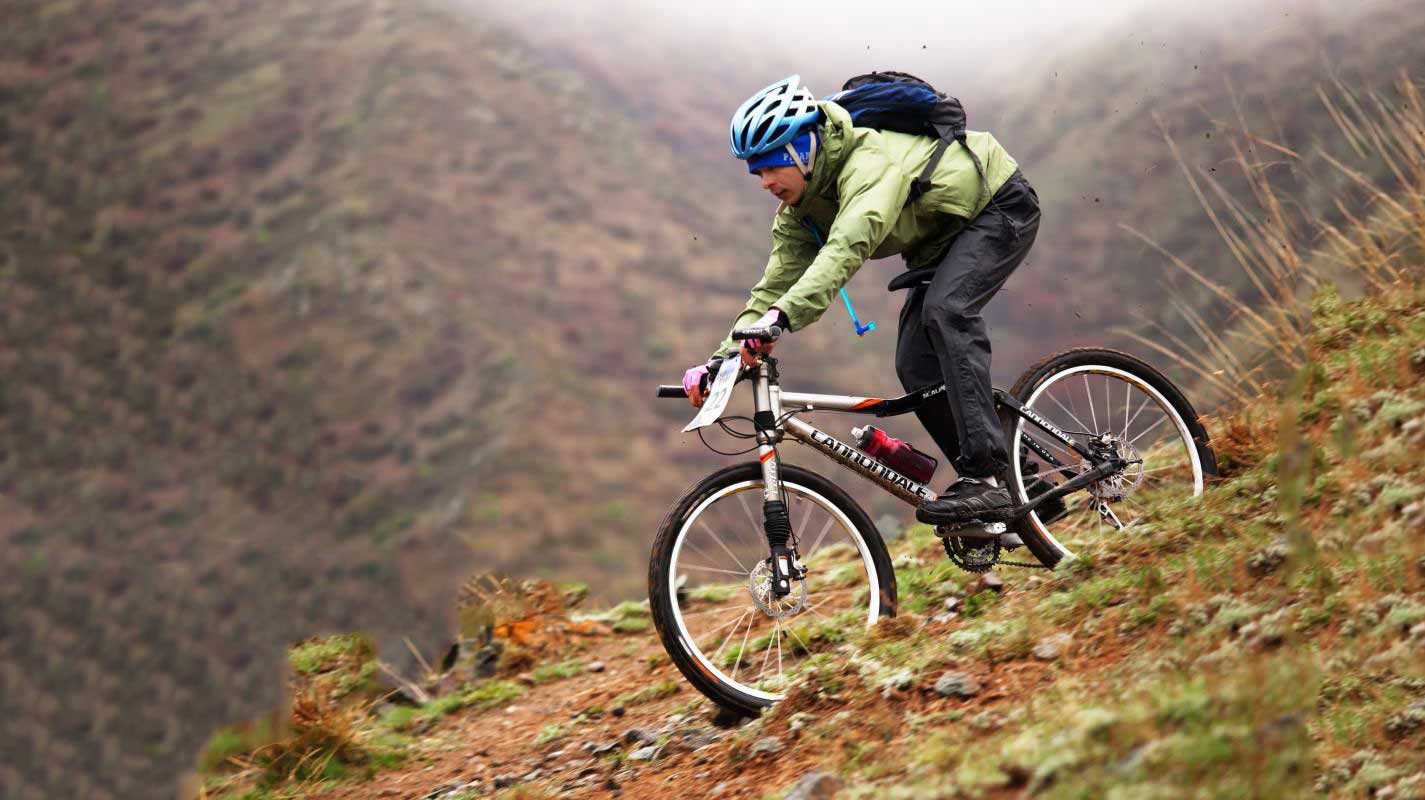When buying a mountain bike you have lots of things to consider which could be kind of overwhelming. You can’t just choose one, hop on it and cycle right out of the bike store. There are a few important things to look for in your next mountain bike and we’re here to help you by telling exactly what you need to keep in mind.
The first things you need to figure out are what kind of bike style you are looking for, the key features it needs to have, and what kind of fit you are looking for. Does this still sound like a foreign language to you? Don’t worry, we’ll explain it all.
Not every bike is made for every riding style, so you have to choose one that fits your needs. If you are planning on hitting the local trailheads and riding climbs as well as descents for fun, than you should consider a trail bike. For a more intense version, with longer rides, steeper climbs and more dangerous descents it’s better to choose an All-mountain bike.
If you need a new bike for more competitive purposes, with focus on speed and climbing, than you should opt for a Cross-Country bike. If you are planning on riding more uphill tracks then it’s wise to go for a ‘Downhill or Park Bike’, including suitable gear such as full face helmet and body armor as you’ll be jumping a lot and come across rocks and other dangerous objects.
There are even bikes which provide more stability when riding in snow or sand. They’re called ‘Fat Bikes’ and are known for (you guessed it) their wider tires. So, it’s absolutely important to think about where and how you want to ride your new bike and go from there.

The next thing you need to consider is what kind of features you need on your bike. The two most important things are the wheel diameter and the suspension. When buying a mountain bike, you will probably get the question if you want a 26”, 27.5”, or a 29”. Up until recently 26” was the standard diameter for mountain bikes, but the 27.5” has become more popular as well. They are a more comfortable choice than the smaller ones because they rolling over terrain more easily. The 29” wheels are more efficient if you are planning longer rides. Their wheels roll over trail obstacles easier than smaller ones and therefore they are more suitable for cross-country purposes.

Another thing to consider is the frame material of your bike. While most bikes come with an aluminum frame there are a few other option to choose from. One is a steel frame which guarantees a smooth ride and isn’t too harmful for your bank account. The con of steel is that is fairly heavy for a mountain bike, which preferably needs to be lighter so you can maneuver it better. Other options for your bike frame are carbon fiber and titanium.
Gears are next to look into. If you are planning on riding steep hills it’s wise to have more gears on your bike than when you are planning on riding on flat terrain. Also, fewer gears keep the weight of your bike low, which is something to think about as well.

Mountain bikes come in standard sizes (S, M, L) no matter the brand you go for. The sizes refer to your height so it’s smart to always check the size chart of the bike you are interested in. When you are in the store and you lean towards a certain bike, always ask for a test ride. Even if you can’t decide which mountain bike will fit you better, test them all. That way you can choose the right one and ensure a comfortable ride in the future.

